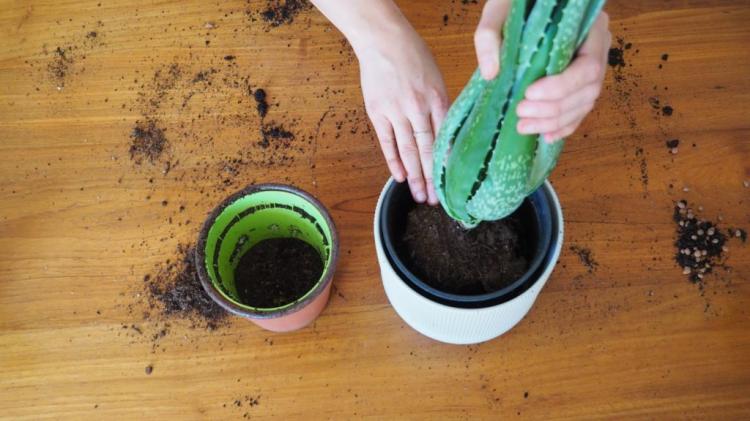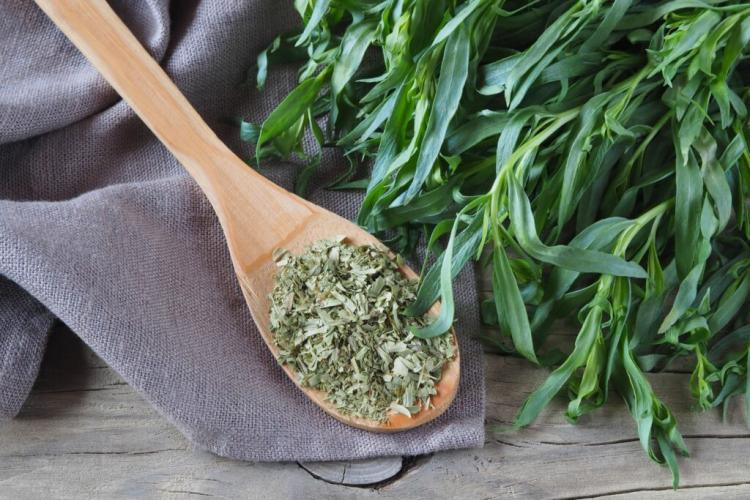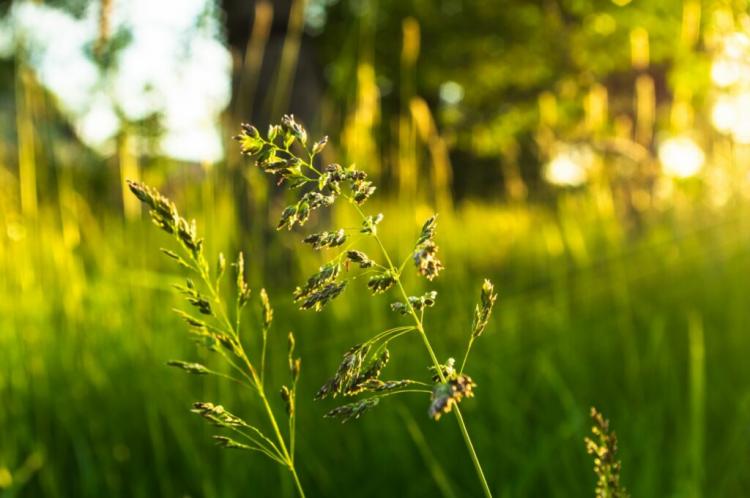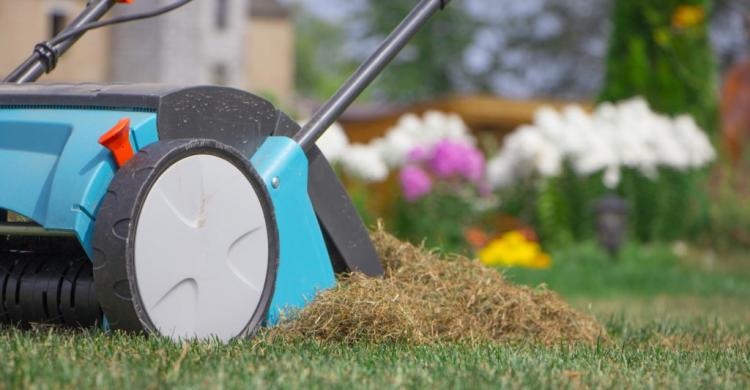Yellow leaves on raspberries: a sign of iron deficiency & chlorosis?
Yellow leaves on raspberries indicate an iron deficiency. Plants often suffer from so-called chlorosis due to an incorrect pH value.
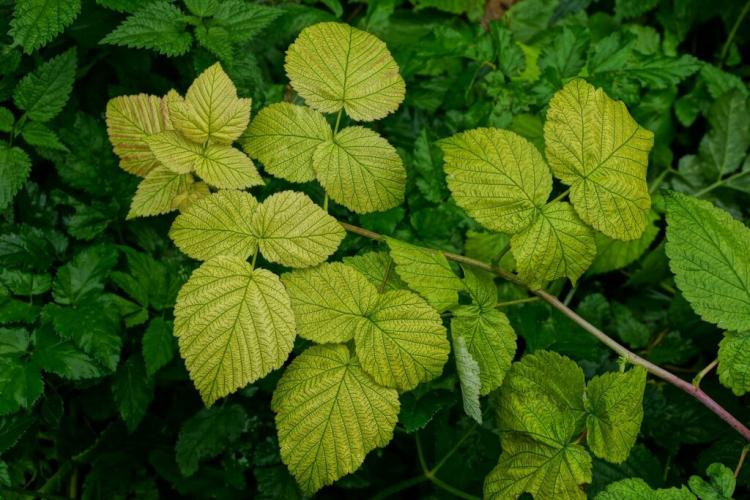
Bleaching, also known as chlorosis, results from a lack of chlorophyll [Photo: Butus / Shutterstock.com]
Unfortunately, raspberries and other fruit representatives always get yellow leaves in the middle of the season. The disease, also known as chlorosis, is caused by a lack of chlorophyll. The green dye is essential for survival, however, as this is where photosynthesis is located. Chlorosis, which is usually caused by a lack of iron, should therefore be treated better.
Preventing chlorosis in raspberries
There are several different types of chlorosis, but they all have one thing in common: the leaves turn yellow and can die over time. Raspberry bushes with chlorosis usually have a reduced yield, which is of course very unpleasant. In addition to an iron deficiency, a magnesium deficiency is often to blame for the yellow leaves of raspberries.
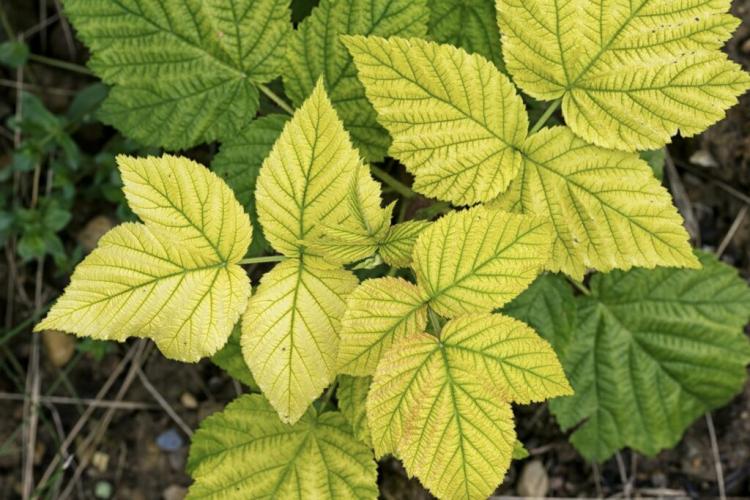
Chlorosis on raspberry leaves indicate a nutritional deficiency [Photo: Sarah2 / Shutterstock.com]
In most cases, the wrong soil pH is responsible for the lack of iron and magnesium. The nutrients are actually available, but the plant can no longer absorb them sufficiently. The pH value in the soil should therefore be measured as a check. There are many test sets that are not expensive and in most cases they are easy to use. If the pH value is above 6.5, it should be lowered to 5 – 6 with Epsom salt or rhododendron earth. The required amount of Epsom salt is always stated on the packaging. Incorporation of compost cannot do any harm either. This loosens the soil and prevents waterlogging. Because waterlogging can also be responsible for jaundice.
* in cooperation with Floragard
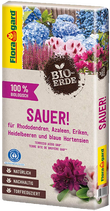
Treat and combat chlorosis in raspberries
In very few cases there is an actual deficiency in iron and magnesium. But if the pH value is in the right range and the leaves are still yellow, the culprit is a real nutritional deficiency. Here fertilization can help. A high-quality long-term fertilizer in organic quality such as our Plantura organic universal fertilizer is well suited for this. The fertilizer should definitely contain magnesium and iron in chelate form (note : there is no chelate form for magnesium). The so-called chelate facilitates the raspberry's iron absorption extremely. Incidentally, liming is generally not recommended for raspberries, as this means that the iron is much more poorly absorbed by the plants.
Further information on fertilizing raspberries can be found here in our special article.

